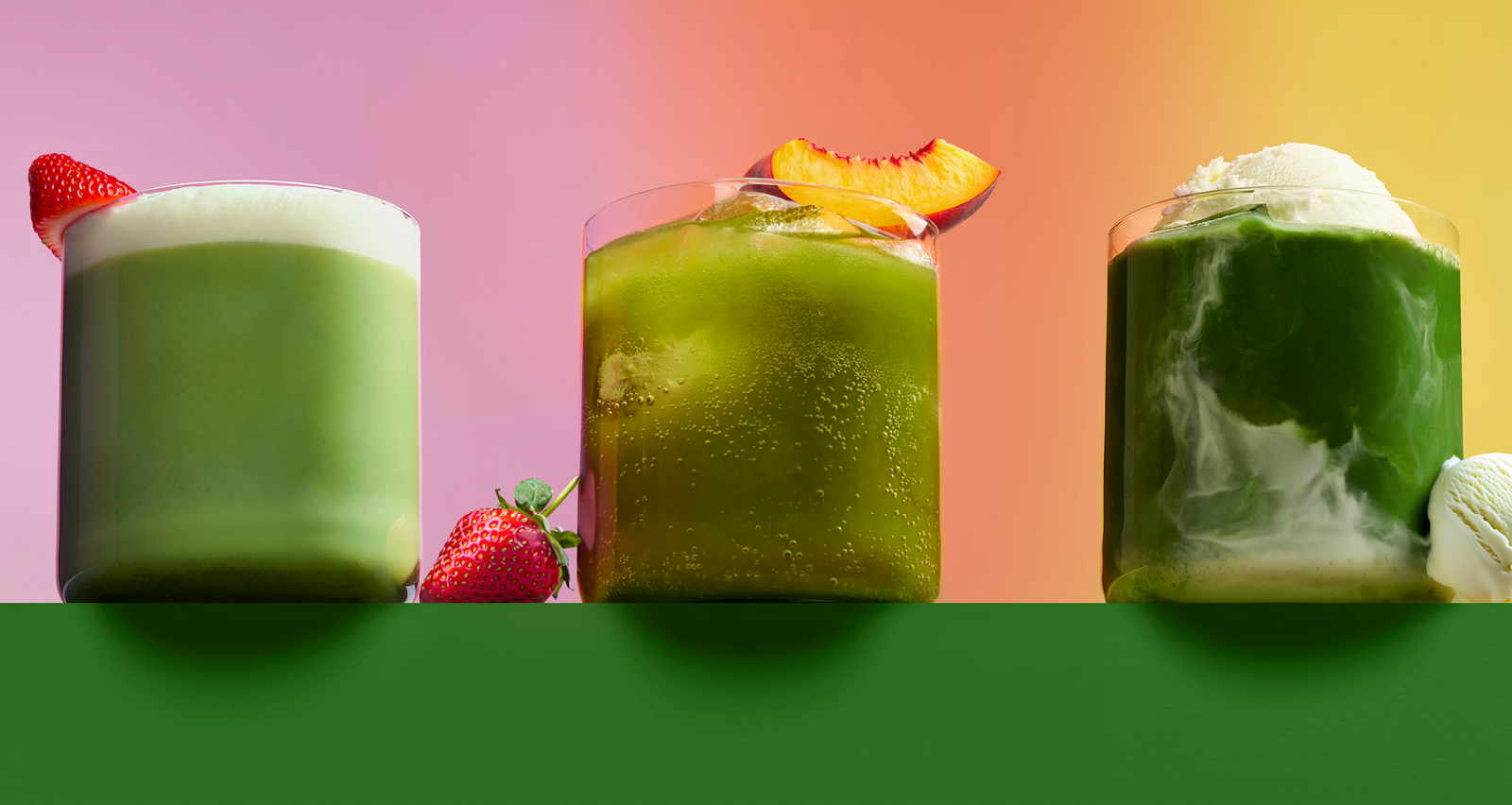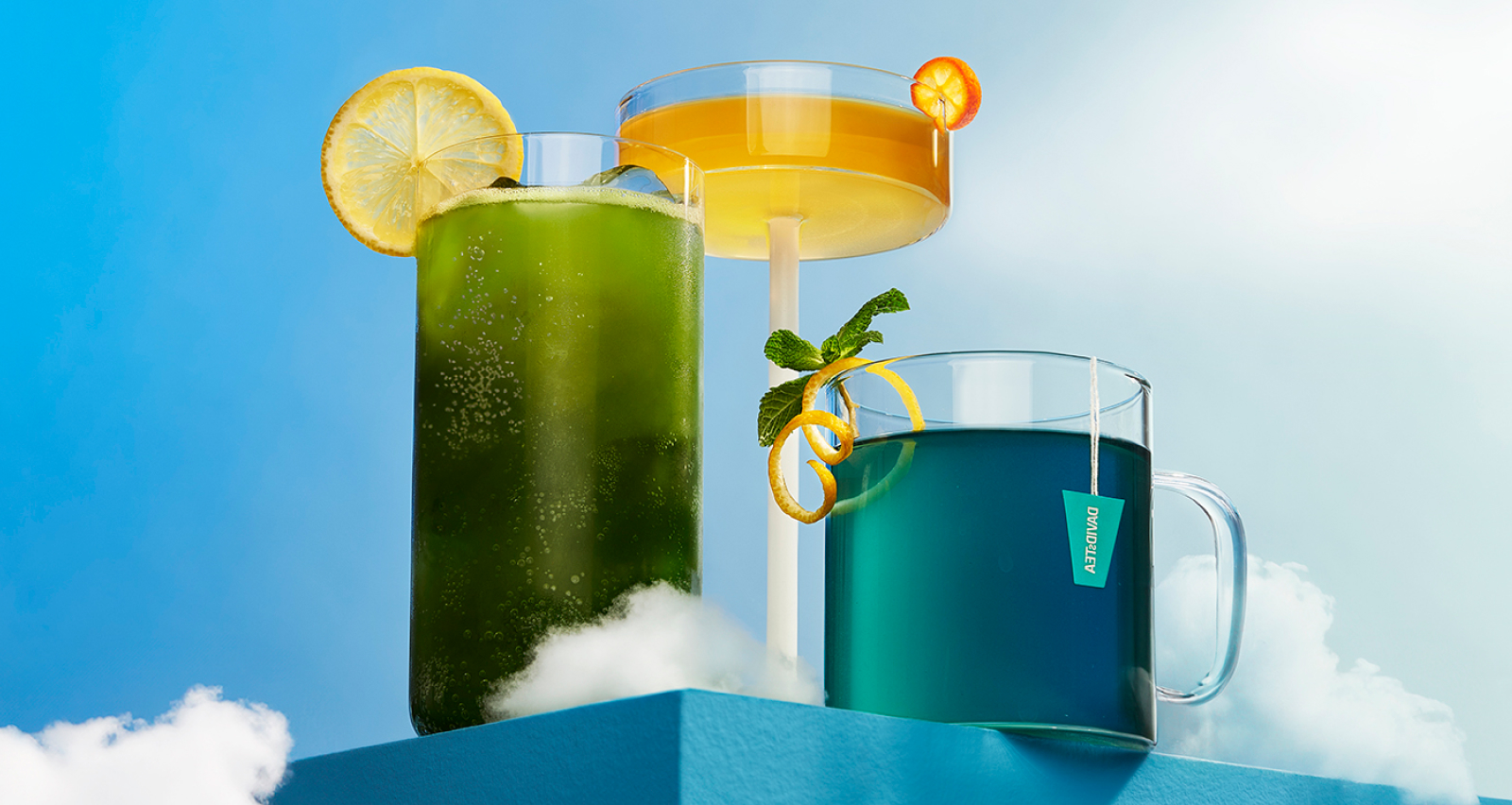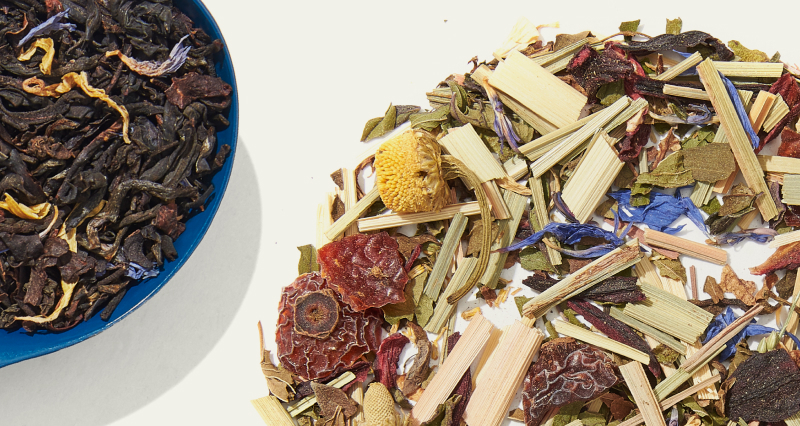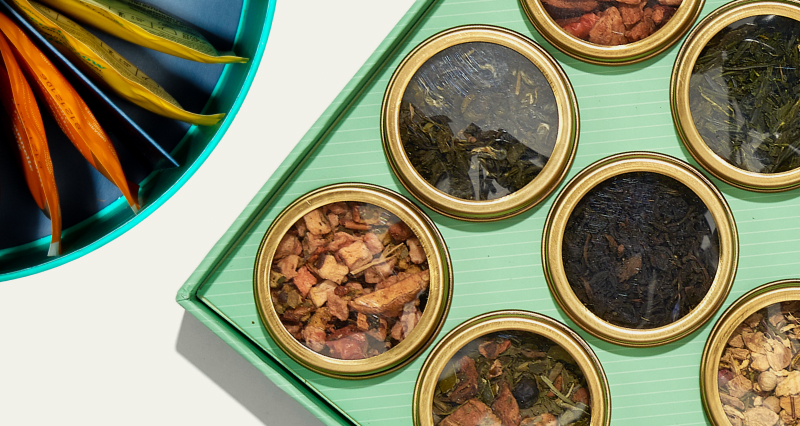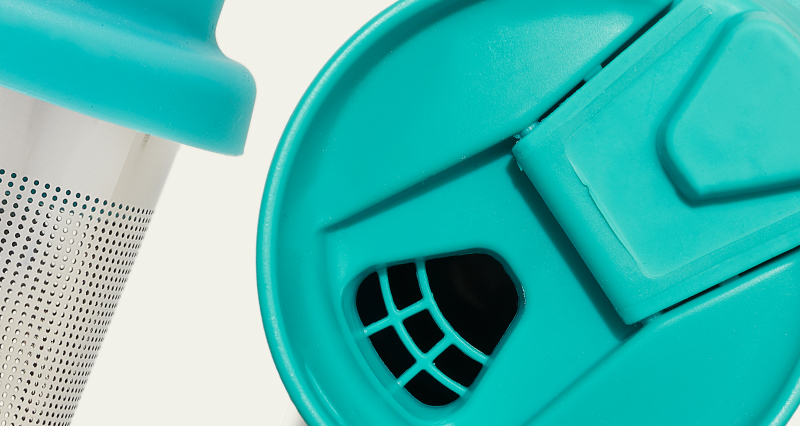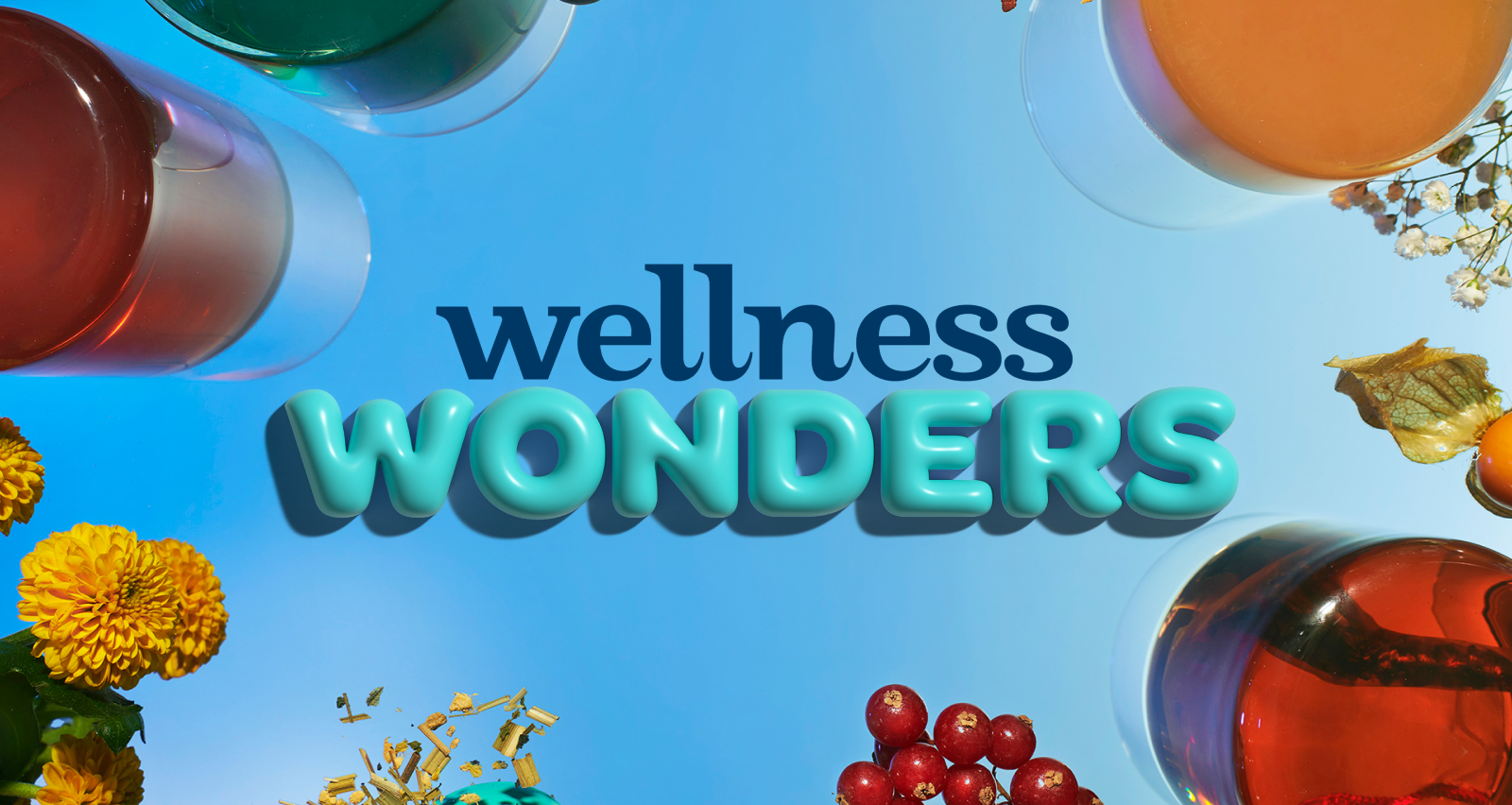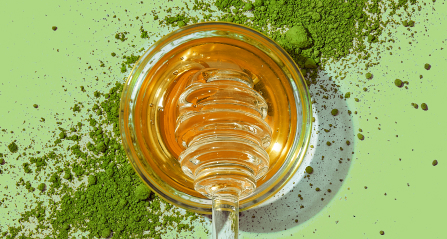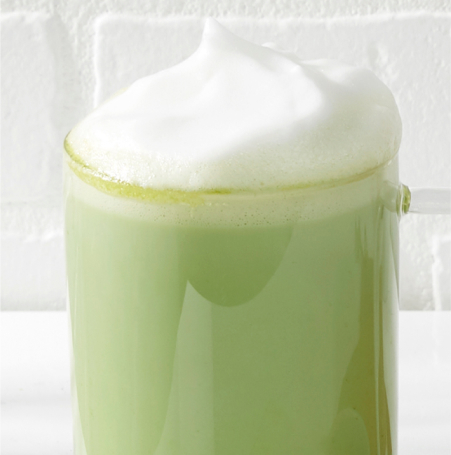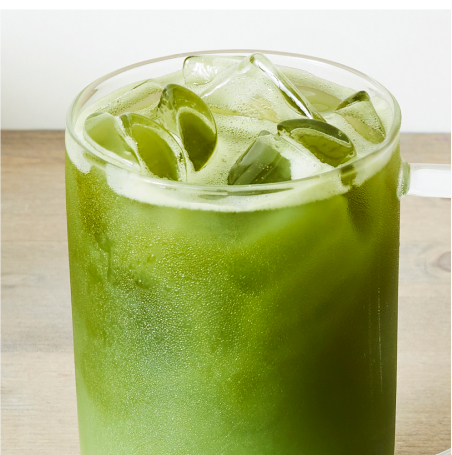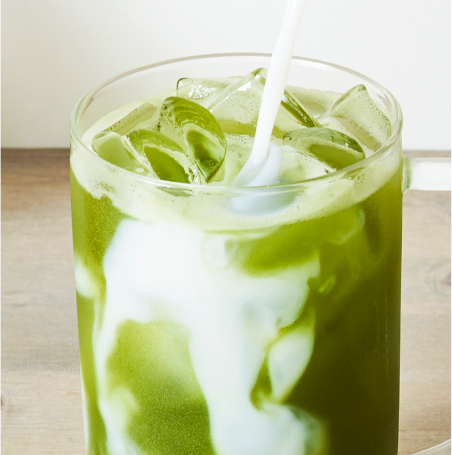what is
matcha?
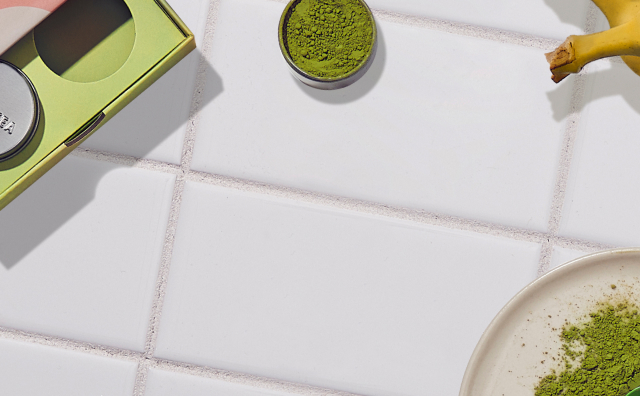
intro to matcha
Matcha is a tea powder made from finely ground green tea leaves that go through a unique process. The plants are shaded then carefully deveined and ground to produce matcha. Instead of infusing the leaves, the powder is easily whisked into a cloud of frothy goodness. Loved for its benefits and versatility, this powerhouse go-to is known to calm the mind and energize the body. So, get ready to sip some good green.
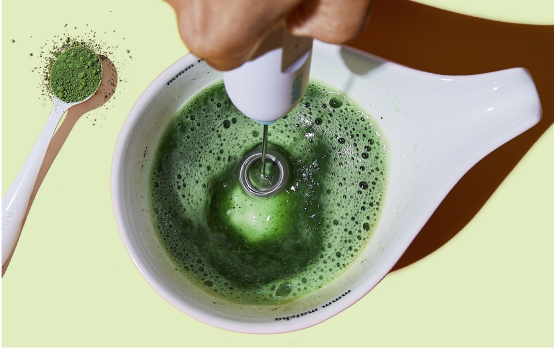
What are the health benefits of matcha?
Matcha is hailed for its antioxidant effects along with its energizing, detoxifying and natural metabolism-boosting properties. Because it’s a powdered tea, you’re actually ingesting all the benefits of the full leaf.
Matcha Q&A
Origin
Our matcha is sourced from Nishio and Kyushu Island in Japan. Nishio, located in the Aichi prefecture, is recognized as one of the world’s best matcha producers for over 800 years. Kyushu Island is famous for its rich volcanic soil, which is a terroir that produces tea leaves with complex flavour.
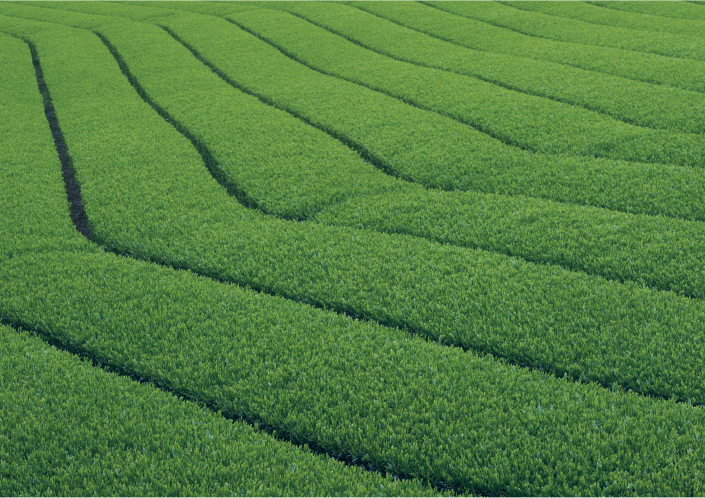
 japan
japan
Quality
Higher quality, ceremonial grades deliver a distinct umami taste and smooth mouthfeel. These qualities are both affected by the terroir as well as the technique and expertise of those growing and processing the leaves. Before the leaves are harvested, the tea plants are shaded in the field for up to 4 weeks. Due to a lack of sunlight, the plant increases its production of chlorophyll and L-theanine. Chlorophyll gives matcha its refreshing and vegetal flavour, while L-theanine is an amino acid responsible for producing its famed umami taste.
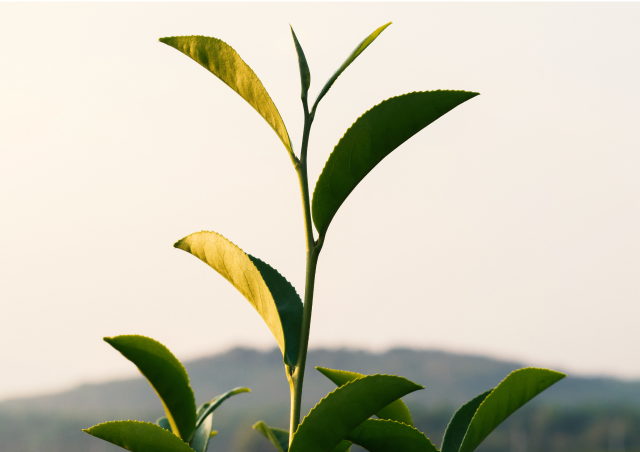
Types of matcha
Education
Caffeine in Matcha
Caffeine is a naturally occurring compound found in many plants, including tea leaves, coffee and chocolate. It stimulates the nervous system and increases alertness and performance. The level of caffeine found in our matcha ranges from low to medium.
Matcha vs Coffee
Matcha contains less caffeine than your average cup of coffee but is gradually absorbed in the body, providing a more sustained energy release.

